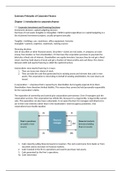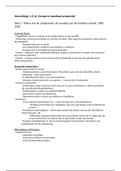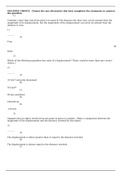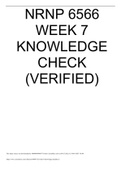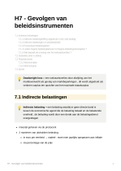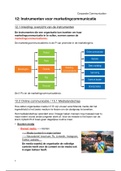Samenvatting
Summary Principles of Corporate Finance
- Vak
- Instelling
- Boek
Summary Corporate Finance & Behavior Book: Principles of Corporate Finance, 13th Edition, Brealey, R., S. Myers, F. Allen. Chapters 1-9, 13, 17, 18, 20, 21, 26, 28
[Meer zien]
